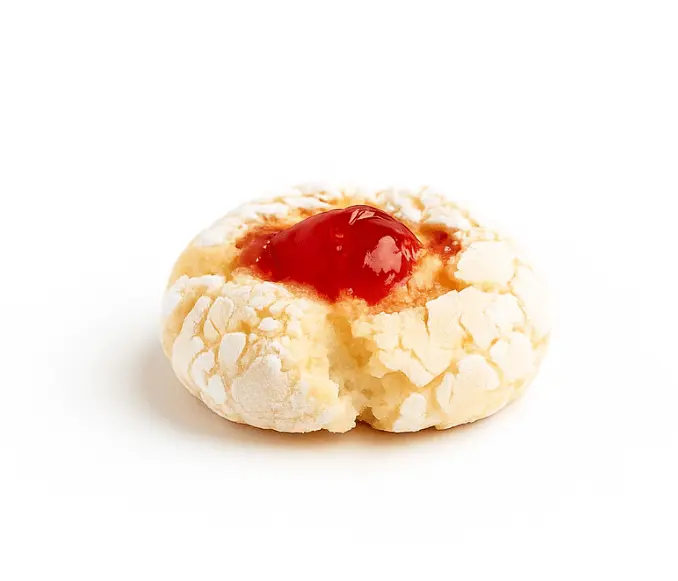 What is your name
What is your name
Lesson six


Learning to say thank you is one of the first and most essential phrases you'll pick up when learning any new language, and Italian is no exception! It’s a simple yet powerful way to show appreciation and connect with locals, whether you're ordering a gelato, asking for directions, or just enjoying the hospitality. In Italian, the most common way to express gratitude is a word you'll hear everywhere:
Grazie
You can use grazie in both formal and informal contexts, and it works regardless of whether you're speaking to a man or a woman. The word comes from grazia, meaning grace or favor.
If you want to express deeper gratitude, you can say:
Grazie mille
Thanks a lot / A thousand thanks
Molte grazie
Many thanks / Thank you very much
While grazie is the most common, here are other expressions you might hear:
Ti ringrazio
I thank you (informal)
La ringrazio
I thank you (formal)
Vi ringrazio
I thank you (to a group)
You can also say:
Grazie di tutto
Thank you for everything
Grazie infinite
Many thanks / Infinite thanks
To say thank you for something, you can use either per or di, for example:
Grazie per il cibo or Grazie del cibo
Thank you for the food
To say thank you too, you can say:
Grazie anche a te
Thank you too (informal)
Grazie anche a lei
Thank you too (formal)
Now that you know how to thank someone, here are some ways to respond:
Prego
You’re welcome (most common)
Di nulla
It’s nothing
Di niente
Don’t mention it
Non c’è di che
No problem / Don’t worry about it
All of these are widely used in everyday conversation.
Grazie mille per l’aiuto. Di nulla. è stato un piacere.
Thank you so much for the help. Not at all, it was a pleasure.
Grazie del regalo. Non c’è di che.
Thanks for the gift. You're welcome.
If you want to ask for something politely, you use one of the following:
Per favore
Please (most common)
Per piacere
Please (slightly more formal)
Per cortesia
Please (very formal, less commonly used)
Per favore, può dirmi dov’è la stazione?
Please, can you tell me where the station is?
Un caffè, per favore.
A coffee, please.
Posso avere il conto, per piacere?
Can I have the bill, please?
 What is your name
What is your name
Lesson six
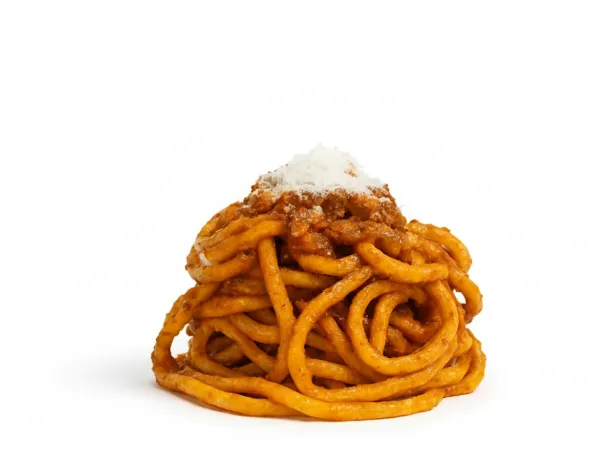 Noun
Noun
Lesson seven
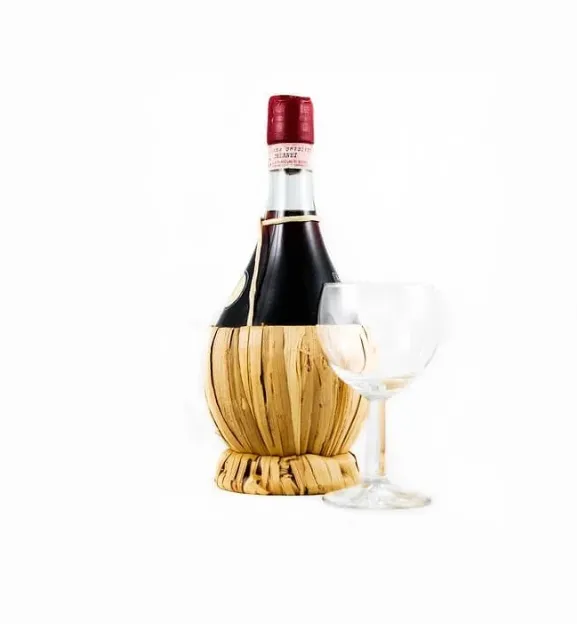 Articles
Articles
Lesson eight
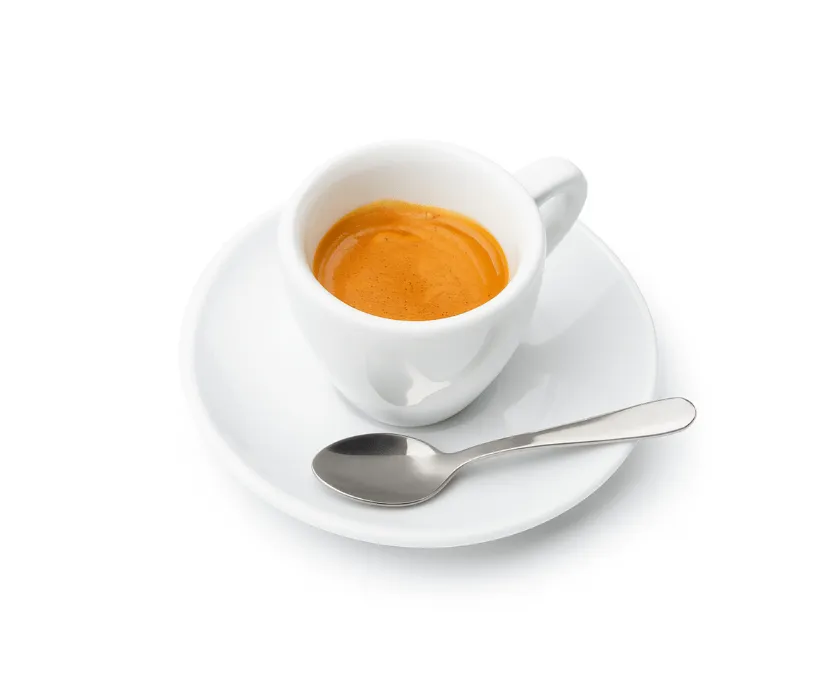 Personal pronouns
Personal pronouns
Lesson nine
 To be
To be
Lesson ten
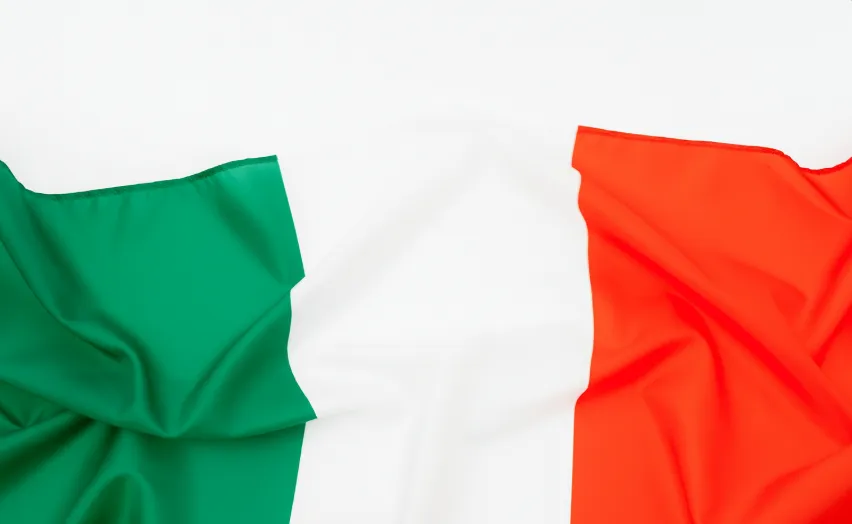 To have
To have
Lesson eleven